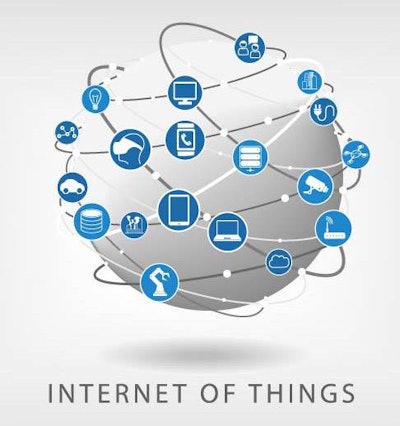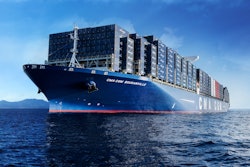
Fresh produce and meats require more than just refrigerated air on their long journey to our plates. Many products need specific levels of CO2, O2, humidity, and other factors in order to ensure they arrive in a condition that consumers will still purchase and enjoy. Each of these details has to be measured and maintained, logged and assessed. This is, in reality, already the Internet of Things in action. So what new innovations can the emergent IoT offer?
One of the most impactful new developments is a category of wireless technology called low-power, wide-area (LPWA) technology. The basic premise is in the name: it’s wide-area wireless connectivity (like a cellular network, it’s “just there”) that offers low power consumption and thus longer battery life. One of the available LPWA technologies, RPMA, is uniquely positioned as it solves both the global availability problem and the sunsetting problem.
LPWA connectivity trades lower throughput in order to achieve longer battery life, some as long as twenty years. This is good for logistics, and the cold chain specifically, as longer battery life reduces the number of times human labor is needed to retrieve the sensor and replace or recharge the battery. Each reduction in battery swaps propagated across an entire fleet adds up to very significant savings. Furthermore, this removes steps from the overall process improving efficiency: another kink smoothed out by the Internet of Things.
To read more, click here.















